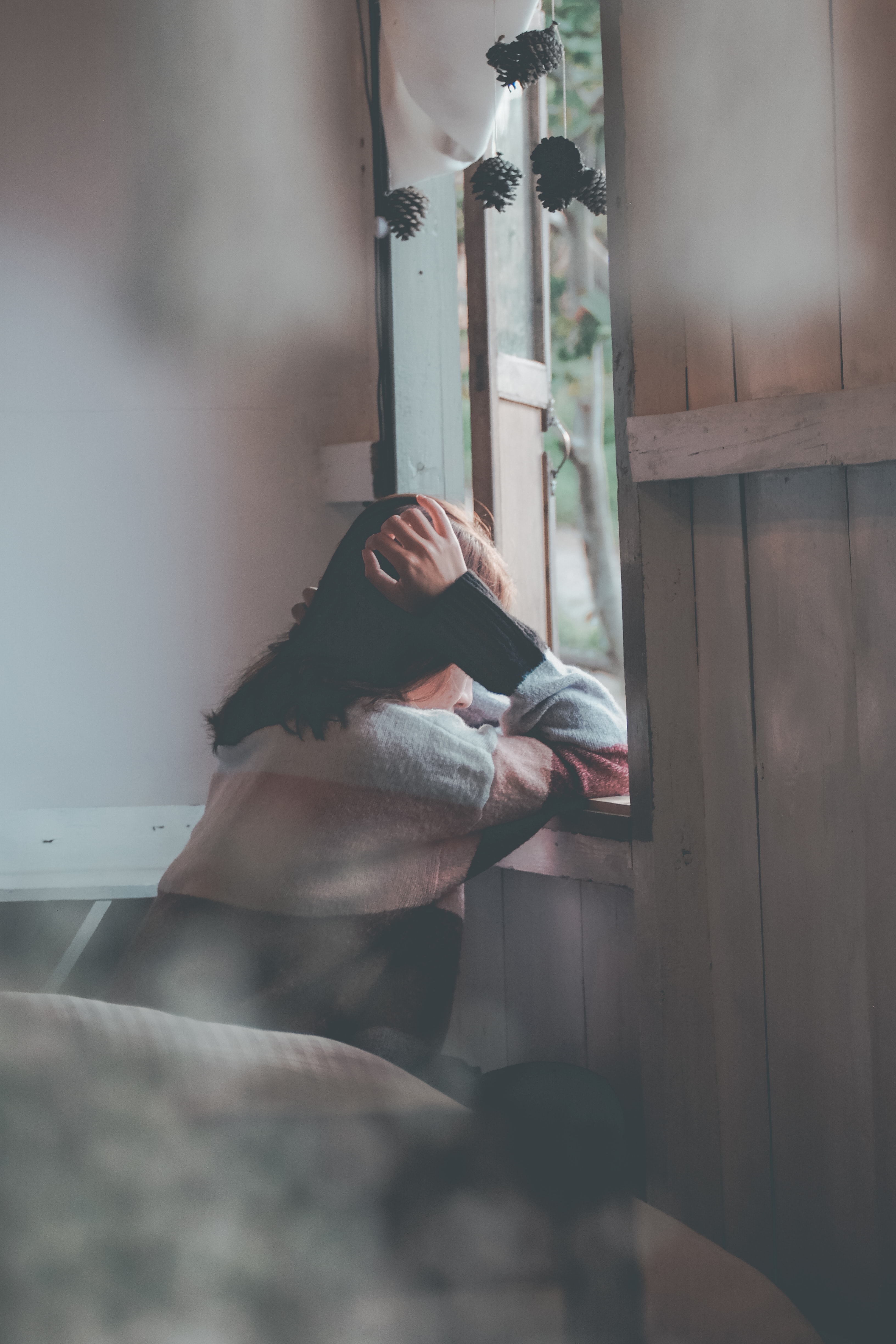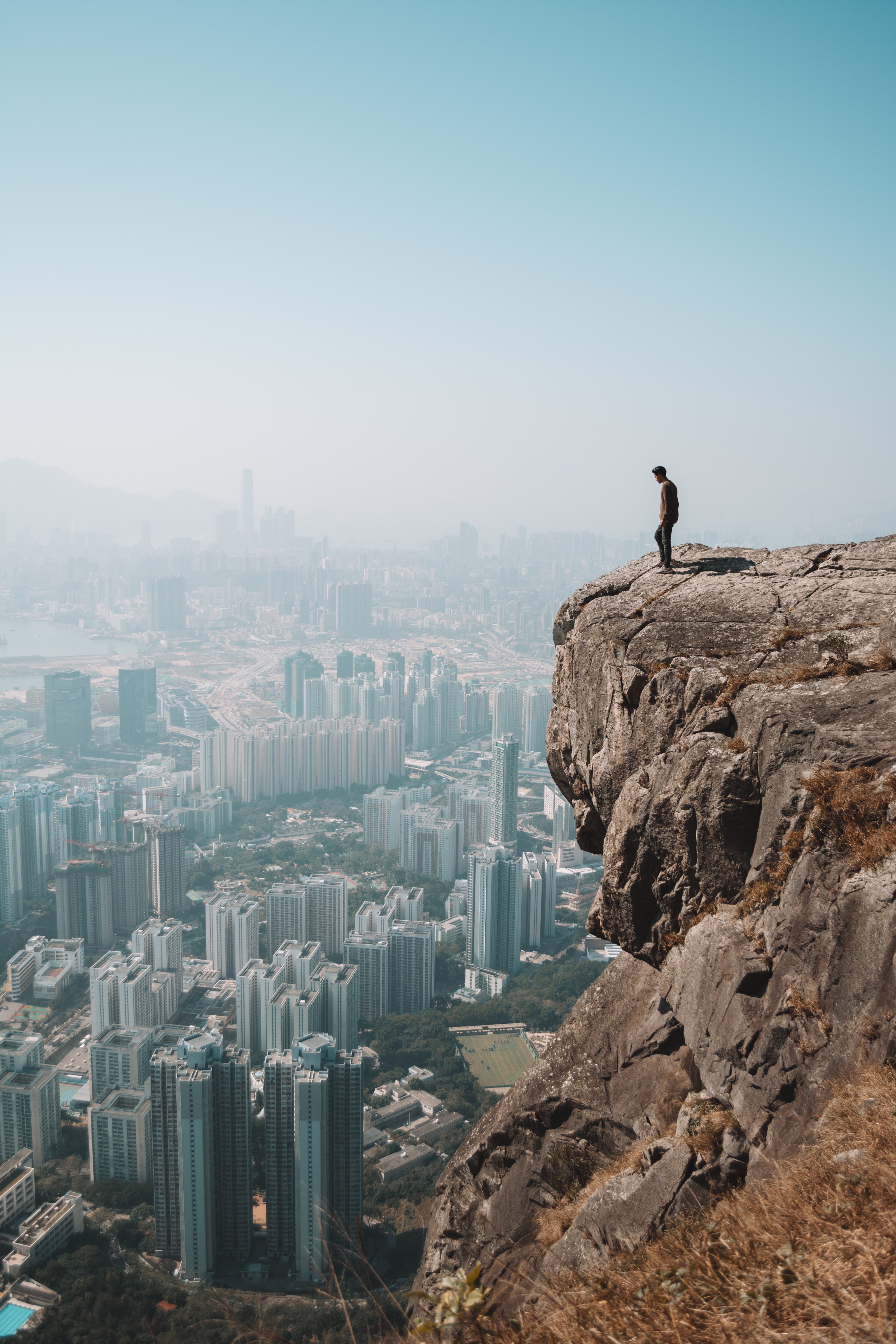Landscape, nature and its value in the care of Mental Health
As mental health professionals, right now we are noticing the emergence of one pandemic within another. This is happening in the framework of what is now recognized as the greatest health catastrophe of the last 102 years.
The high rates of fear and anxiety about the possibility of getting sick; constant exposure to crude, alarmist, and sometimes fake news, and the generation of a feeling of proximity to death are some of the experiences that can lead to: 1) post-traumatic stress disorder; 2) anxiety and depressive disorders; 3) decompensation of pre-existing mental conditions; 4) increase in the rates of domestic violence; 5) substance abuse and; 6) suicide.
All this entails significant individual and collective suffering with the consequent impairment of personal, family, and social functioning. This, as we could see, is not only attributable to the SARS-CoV-2 virus itself; It may also be due to the prolonged isolation that our governments and experts recommend to safeguard our physical integrity.
But a question arises: What about our mental integrity? The mind, not being a tangible entity, often takes a back seat. However, its involvement is quite noticeable in specialized care centers.

Lockdown
Photography: Duong Nhan – Pexeles
Therefore, it seems reasonable to consider that the longer the distance between us lasts, the more the human psyche, biologically designed for life in society, will suffer. Much of what is currently happening saturates our minds with overactive thoughts that make us more vulnerable.
Thus, communicating, connecting with others, talking about our feelings and concerns, are strategies of immense value. They allow us to vent our negative emotions and analyze reality in a more objective way.
Furthermore, the connection with ourselves and with the environment that surrounds us could be used as a strategy of equal value. Observing that this connection is associated with greater satisfaction with life, less anxiety, and greater vitality; which can be translated into happiness, creativity, and behaviors in favor of nature1.
However, some of us may wonder: How can I expose myself to this – to nature – when asphalt, concrete predominate around me and I cannot leave my house? How can I get this connection?

Observing the city
Photography: Alex-azabache – Pexeles
First: if we open our eyes and become aware of everything that surrounds us, we will find nature in our day to day, even when we live in “asphalt jungles”. We can find nature within reach of our senses in our gardens, in parks. We will see nature in our pets and in urban wildlife and we could even access countless landscapes and other elements through our electronic devices.
Second: science has answers. Such is mindfulness. But what is mindfulness and how is it practiced? Jon Kabat-Zinn defines mindfulness in a brief and complete way: “Pay attention to the present moment intentionally, without judgment”. Other experts in this discipline explain that awareness is inherently powerful, and attention, which is focused awareness, is even more powerful.
Therefore, becoming aware of what is happening in and around us, allows us to begin to untangle worries and negative emotions. Sometimes this can be quite simple and accessible, like managing a moment of anxiety by directing our attention to the sounds, aromas, and images that a landscape presents us. Redirecting attention, instead of trying to control or repress intense emotions, being able to help us regulate how we feel2.
“Recent scientific studies propose that the simple exposure to nature and the feeling of connection with it, is beneficial for health and well-beinge”

Smelling citrus
Photography: Cottonbro – Pexeles








